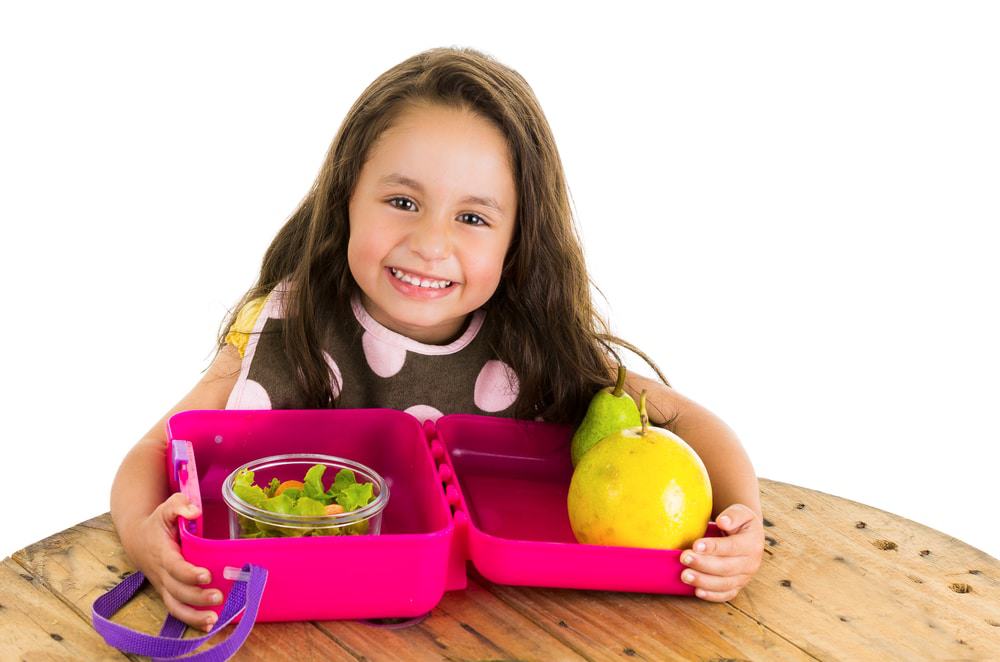
You’ve bought all the books, you’ve ironed their nametags onto their uniforms, you have painstakingly named every single pencil.
Now the real work begins – packing a healthy lunch box every day.
Shopping for and preparing healthy lunch boxes can be stressful, but it’s important as a third of a child’s daily food intake comes from them.
A healthy lunch box contributes to maintaining good physical and mental health and will keep your children full throughout the afternoon.
Ipswich Hospital Foundation Community Nutritionist Dee Taylor has a few tricks up her sleeve.
“The sandwich is the main part of the lunch box so try to get as much nutrition into it as possible,” she said.
“If you would normally give a Vegemite sandwich, try adding cheese and lettuce as well or Vegemite and egg.
“A ham sandwich can have added reduced fat cheese and salad.
“If your child does not like meat, try adding tofu or hummus to a salad wrap or use chickpeas in a pasta salad.”

IHF Community Nutritionist Dee Taylor
Here are Dee’s top 10 tips on making a healthy lunch box.
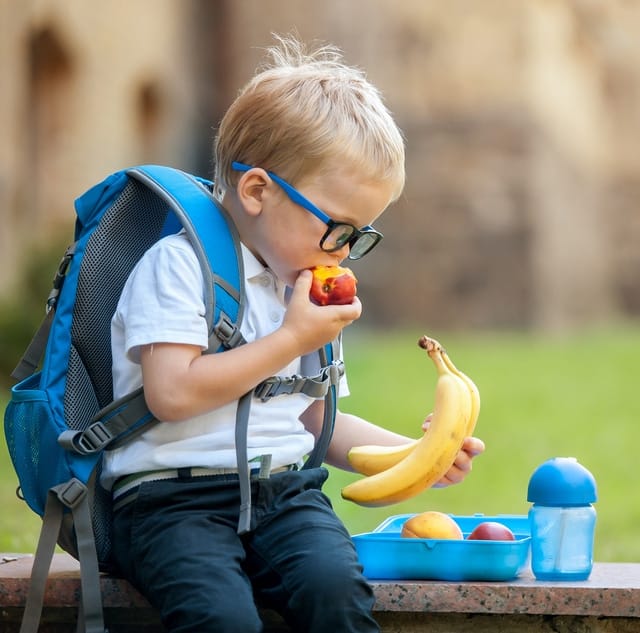
1. Get children involved in the food selection process. This can start in the fruit and vegetable section of the supermarket aisle. Allowing children to help select the food will help them accept and increase their desire to eat it when provided for lunch.
2. Give lunch items fun and crazy names to bring fun to the lunch box. For example, giving a sandwich a fun name will make the lunch experience a fun activity.
3. Make sure lunches are packed according to food safety. Place a cool brick in lunch boxes or use insulated bags. Separate lunch box items – don’t let an apple roll over a sandwich etc, use sandwich lunch boxes to help keep it separate from other components of the lunch box.
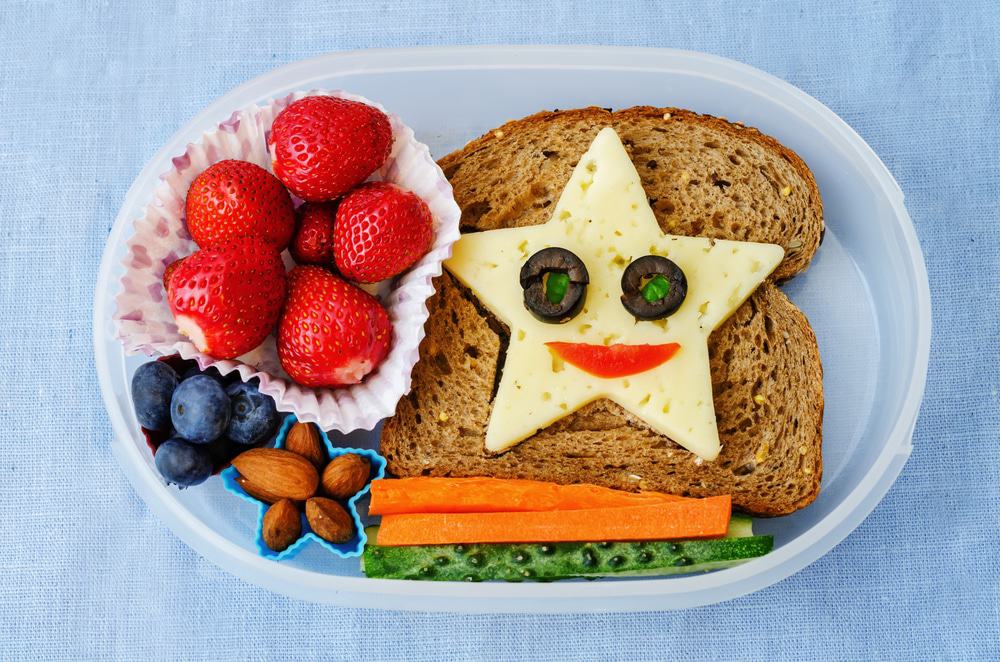
4. Make larger quantities and freeze – e.g. vegetable muffins or pikelets. Use a rainbow of colours in salads and sandwiches.
5. Use water for drinks. It can be frozen the night before to provide a cool drink throughout the day however make sure it is stored with a tea-towel around it, as it will melt throughout the day. Plain tap water is a great hydrating drink.
6. Be creative, use different colours and textures. Different colours of fruits and vegetables provide different nutrients for the body so providing a colourful selection will not only be appealing for child to eat but has nutritional benefits.
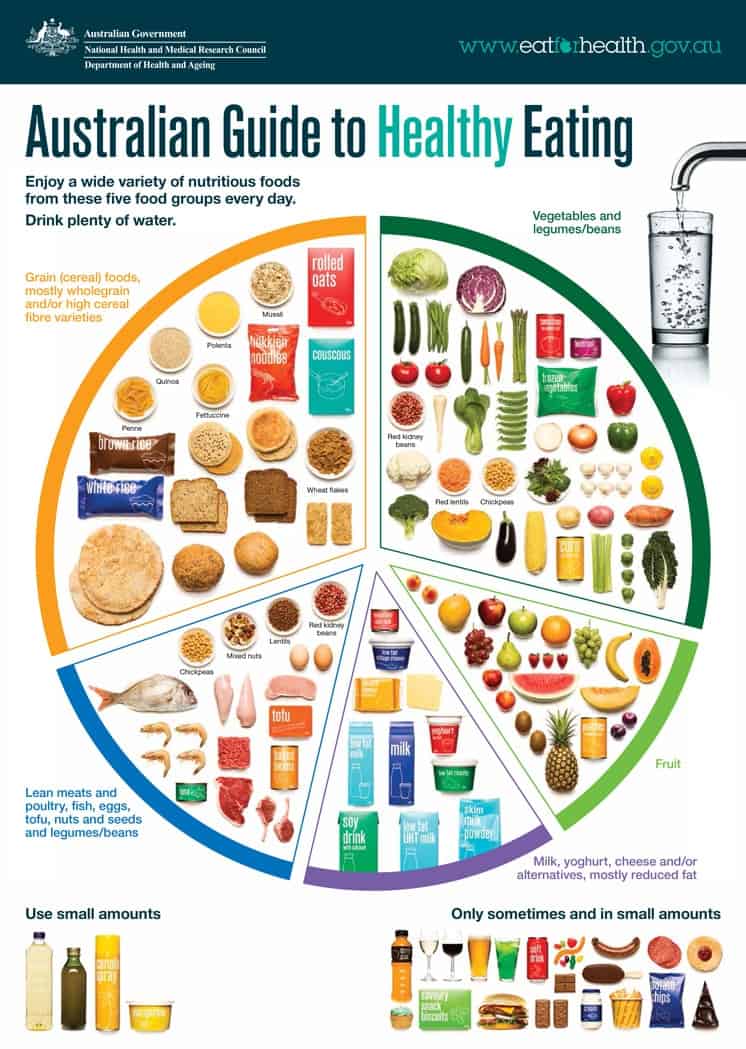
7. Use wraps to make sushi style sandwiches.
8. Increase the amount of vegetables in the lunch box by providing a small salad or adding salad to sandwiches and wraps, using vegetables as snacks such as vege sticks or spirals.
9. Reduce the amount of pre-packaged or high fat foods and those with added salt and sugar by focusing on using fresh ingredients.
10. Aim to include all five food groups: 1.Vegetables/legumes/beans 2. Fruits 3. Grains and cereals 4. Lean meats/poultry/fish/eggs/nuts/seeds/beans 5. Milk/yoghurt/cheese/and alternatives – mostly low fat.
The Ipswich Hospital Foundation host a 10 week Kid’s Kitchen Project with the next one starting on January 30 after school.
It’s a hands on cooking class aimed at children aged 7-10 years old. Classes are $5 per week and you can book here.
Dee is available to organisational talk on nutrition to school or community groups or business. You can contact her [email protected]
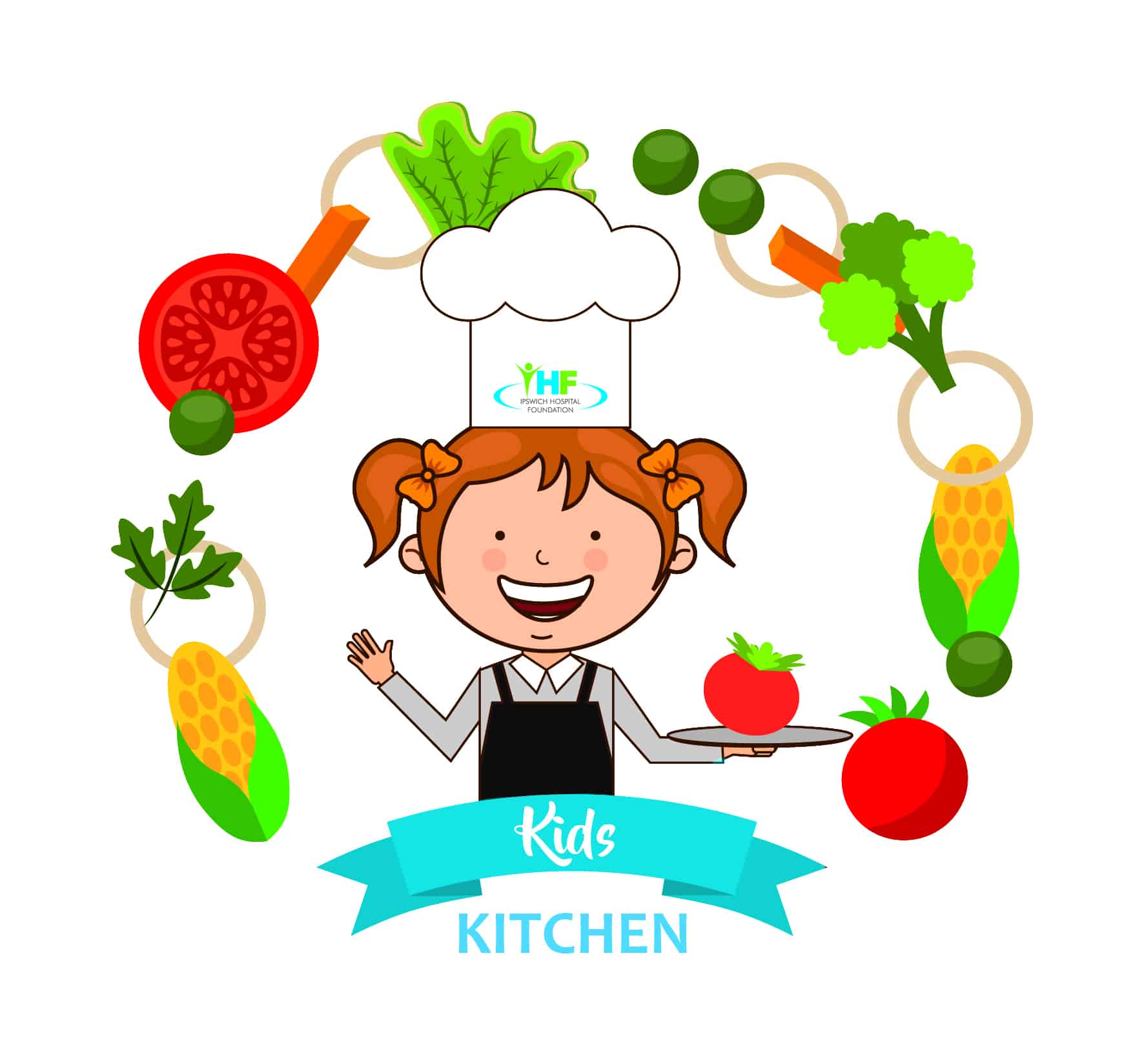
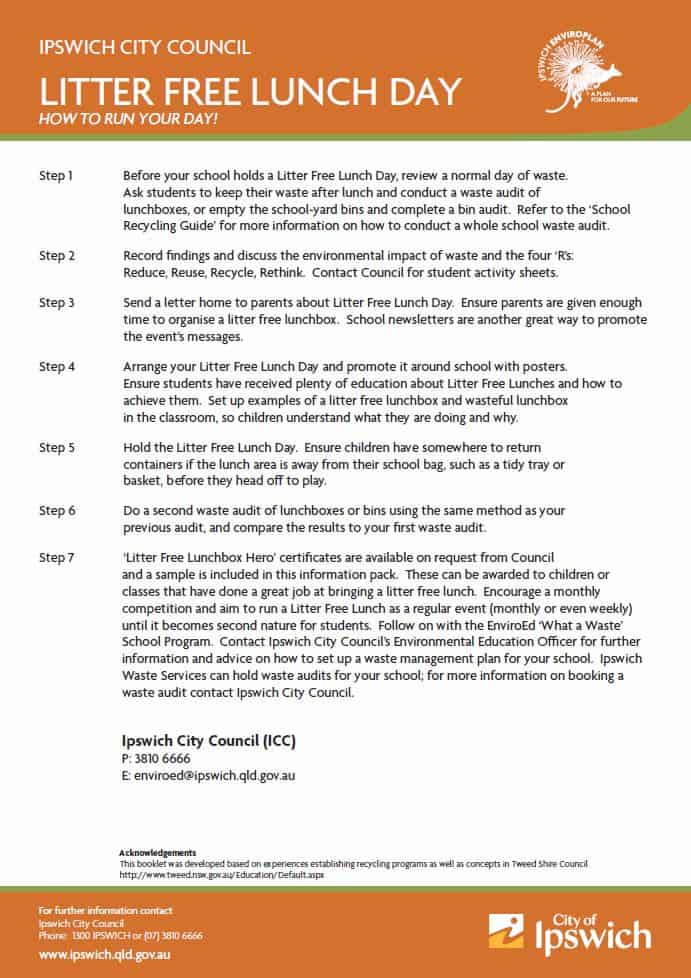
Ipswich City Council has a lot of school resources as part of its What a Waste program. You can access it here.
Litter Free Lunch Day is a day when students are asked to bring lunches that have only items that can be eaten, re-used, composted or recycled.
The idea is to have as little waste as possible sent to landfill.
Schools, childcares etc can organise for a council environment education officer to visit and do a What a Waste presentation, as well as help with Litter Free Lunch Day.
Get Ipswich First straight to your inbox


5